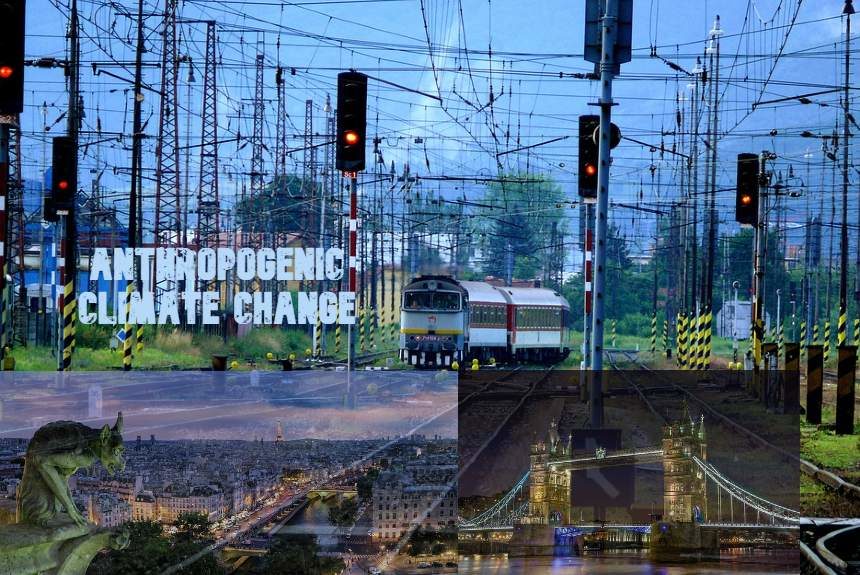Anthropogenic climate change will significantly affect the electric sector and will impact both the supply and demand of electricity.
A study by Leonie Wenz, Anders Levermann, and Maximilian Auffhammer examines the north-to-south polarization of European countries’ electricity consumption under future climate-induced warming.
The energy sector is uniquely linked to climate change. To meet the greenhouse gas mitigation targets under the Paris Agreement, it must shift towards low—and zero-carbon and fossil-fuel sources.
At the same time, the energy sector is highly climate-sensitive in terms of both supply and demand.
From the supply end, hydropower, for example, is affected by the changing flow regimes, while higher temperatures reduce high-voltage transmission capacity, lower the efficiency of some carbon-powered generators, and depress yields of certain bioenergy crops.
On the demand side, human response to weather shocks and long-term climate adaptation will change residential, commercial, agricultural, and industrial energy consumption patterns.
Rising temperatures will negatively impact health and economic output, lowering labour productivity and increasing mortality rates due to heat waves. Humans’ adaptation to climate-induced heat can influence their electric consumption and, hence, the load patterns.
For example, while less frequent cold days can reduce the demand for space heating, growing demands for cooling during an increasing number of hot days can spike electricity consumption pressures, affecting the daily and seasonal peak loads.
The study examines the electric consumption pattern of 35 European countries – both their peak load and overall consumption under climate change.
To achieve this, the researchers have used the end-of-century under three different greenhouse gas concentration trajectories, ranging from ambitious climate mitigation to a business-as-usual scenario.
High-frequency temperature and electricity load data between 2006 and 2012 were analyzed to compute climate change impacts on electricity demand until 2100. The analysis shows significant increases in electric consumption in the South and decreases in consumption in the North.
There is also significant polarization and seasonal shifts in peak demand and consumption. Carefully crafted policies can offset the additional costs of increases in demand, particularly in the south, while the main burden of the climate-induced electricity effect will rest on the planners of transmission infrastructure and peak-generating and storage capacity.
Source:
Wenz, Leonie & Levermann, Anders & Auffhammer, Maximilian. (2017). North–south polarization of European electricity consumption under future warming. Proceedings of the National Academy of Sciences. 114. 201704339. 10.1073/pnas.1704339114. Retrieved from https://www.researchgate.net/publication/319344585_North-south_polarization_of_European_electricity_consumption_under_future_warming



Leave a Reply